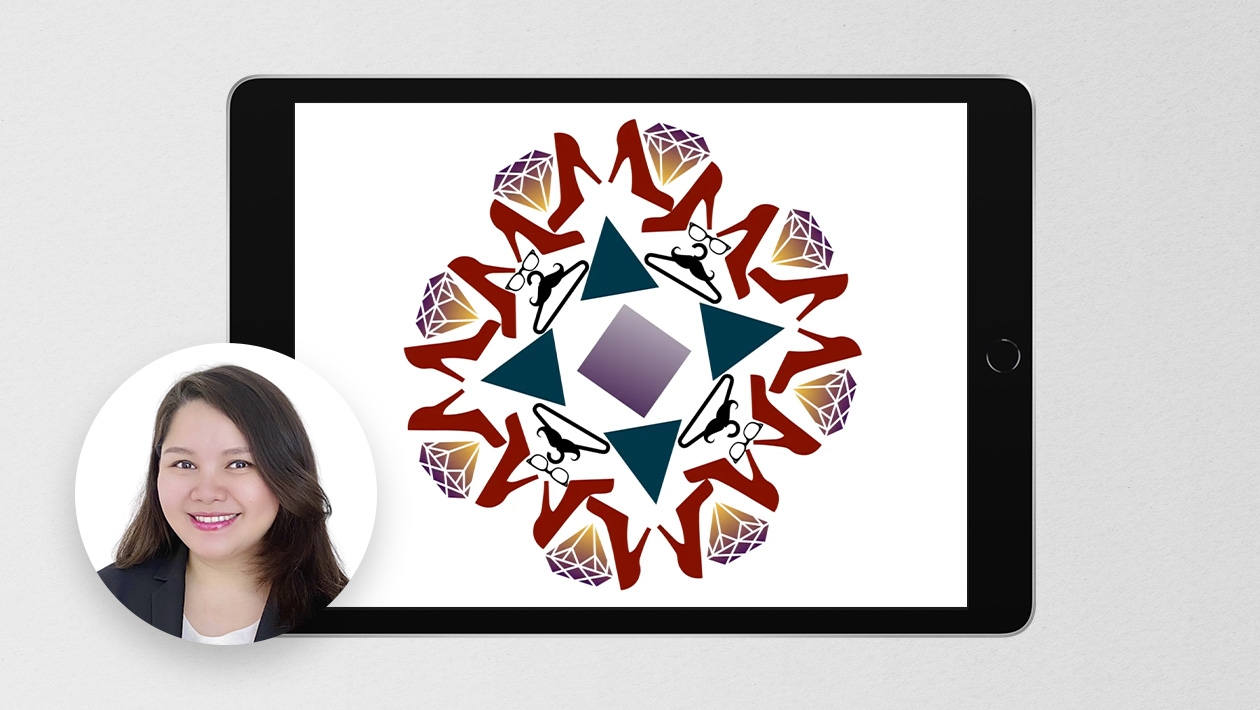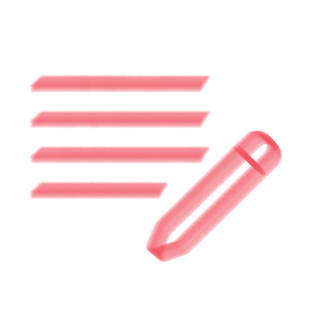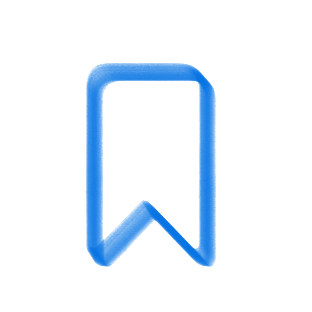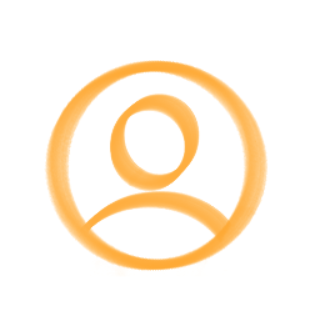Review geometry concepts in a creative way that readies students to share more about themselves or their learning.
Mandalas are circular, symmetrical collections of shapes and symbols that are often used to focus attention. In this project, students create a mandala using the letters in their name in Keynote while practicing geometry transformations.
Practicing Transformations in Geometry
This lesson is a way to practice transformations in geometry with fourth grade students, and can be a fun project to connect new vocabulary, writing, or other content areas with some creativity centered around transformations.
If you need a geometry refresher, like I did, transformations are ways to move or change shapes. There are three types of transformations that fourth graders need to know: translations, reflections, and rotations. Translations are a shift of a shape from one place to another, up/down, left/right; the angles, sides, and area of the shape do not change. Reflections are when shapes flip to produce a mirror image; there is no change to the size or orientation. Rotations are when the shape turns around a turning point, or axis; there is no change to the size or shape.
Using a mandala to practice transformations allows students to show a bit of their creativity and share more about themselves without having to do countless practice problems on a worksheet.
Creating Mandalas in Keynote
Attached below you’ll find the Keynote template I shared with students, which is set up to be a square presentation with vertical, horizontal, and diagonal lines of symmetry included. While the students I worked with had previous experience with Keynote, there are just a few Keynote skills they need to be successful with this project: use drawing tools, copy/paste objects, use the Arrange menu to rotate and flip objects.
Students followed these directions to complete their name mandala.
✍🏼Drawing
Using the drawing tools, write your name in a Section 1 of the template.
💡 Pro Tip! Drawing their name is easier to do if students zoom in to the section. If they have access to a stylus or Apple Pencil, it is fun to make bubble or block letters. Create more abstract shapes by drawing letters filling the whole space between lines of symmetry.
🔄Rotations:
- Copy and paste the drawing in Section 1 into Section 3. Rotate it to 270 degrees. Translate it to align with the lines of symmetry in that section.
- Paste the drawing again in Section 5. Rotate it to 180 degrees, and translate it to align.
- Paste again into Section 7. Rotate it to 90 degrees and translate it to align.
🪞Reflections:
- Paste the drawing from Section 1 again into Section 2. Reflect it using Flip Vertically, and translate to align with the lines of symmetry in that section and the drawing in Section 1.
- Paste into Section 6. Reflect the drawing by using Flip Horizontally. Translate to align.
🔄🪞 Rotations and Reflections:
- Copy and paste the reversed drawing from Section 6 into Section 4. Reflect by using Flip Vertically. Rotate to 90 degrees. Translate to align.
- Paste into Section 8. Reflect by using Flip Horizontally. Rotate to 270 degrees. Translate to align.
🎨Coloring:
Use the Fill tool in the drawing menu to color in your mandala.
💡 Pro Tip! Remember that the Fill tool will only fill closed drawn shapes. If you want to color the edges of your Mandala without having to draw a shape around the edge of your slide, you can change the background color of your slide.
↗️Level up! Make this into a geometry challenge by having students figure out the reflections and rotations themselves! While these are the directions I shared with students, there are many ways to rotate and reflect the name drawings to complete the mandala.
📚Content Connections
Beyond the practice with geometry concepts students were able to gain, we added a writing component to this project. For each of the sections of the mandala, students wrote a short paragraph sharing more about themselves. For example, some students wrote about their names, their families, their favorite foods, and other parts of their identities and cultures. By keeping the writing short, the mandalas were able to serve as an introduction to students and a conversation starter throughout the year.
Students could also turn these into vocabulary exercises by making the word in the mandala a vocabulary word, and connecting definitions, parts of speech, examples, and non-examples of the word, similar to Frayer Models.
How do you connect math and creativity?















September 06, 2025 . English
English
Thank you Amanda for the geometry lesson (which I certainly needed!) as well as the beautiful mandala activity! Really stunning outcome and having students use their name for this Keynote activity makes it very engaging. Nice job!
This action is unavailable while under moderation.
This action is unavailable while under moderation.